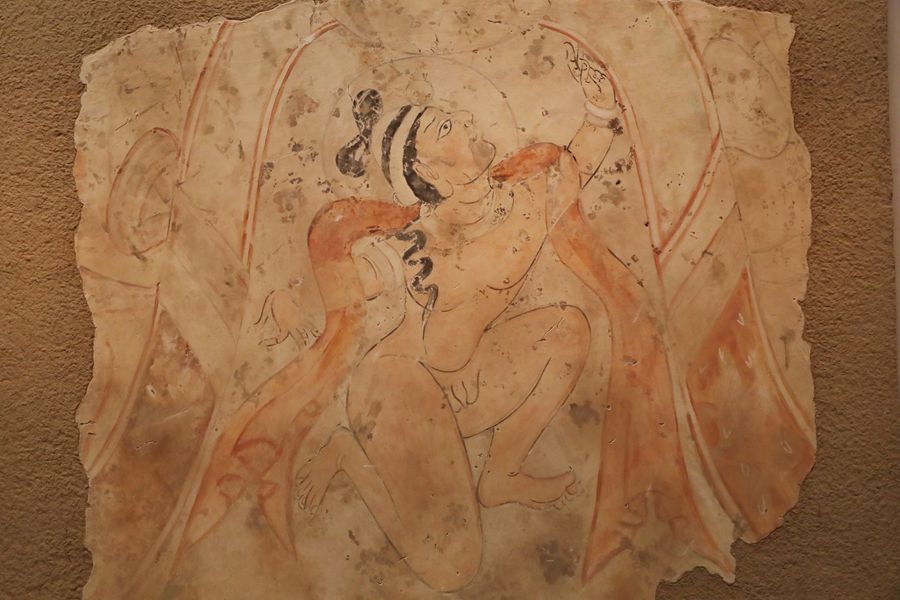 |
|
The huge variety of exhibits provide evidence of the dynamic exchanges between the East and West along the ancient Silk Road.[Photo by Jiang Dong/China Daily] |
Culinary culture
The bulk of the tombs that have been excavated so far date back to the Tang Dynasty. A selection of the objects unearthed from Astana are among the artifacts now being exhibited at the National Museum of China, offering visitors a picture of the daily lives of Gaochang residents-what they ate, how they dressed, how they worked and how they prepared for the afterlife, among other facets.
Highlights include three baked desserts made of wheat flour found during an excavation at Astana in 1972, which only measure a few centimeters across and are shaped like flowers.
According to Li Da from the Xinjiang Uygur Autonomous Region Museum's storage department, the delicacies demonstrate the highly developed culinary culture of Zhongyuan, the Central China Plain along the Yellow River, that prevailed in the area surrounding Turpan. It was also via Turpan that grapes, walnuts, onions, garlic and peppers were introduced to Zhongyuan, enriching the local food culture and developing into the basis of Chinese cuisine as we know it today.